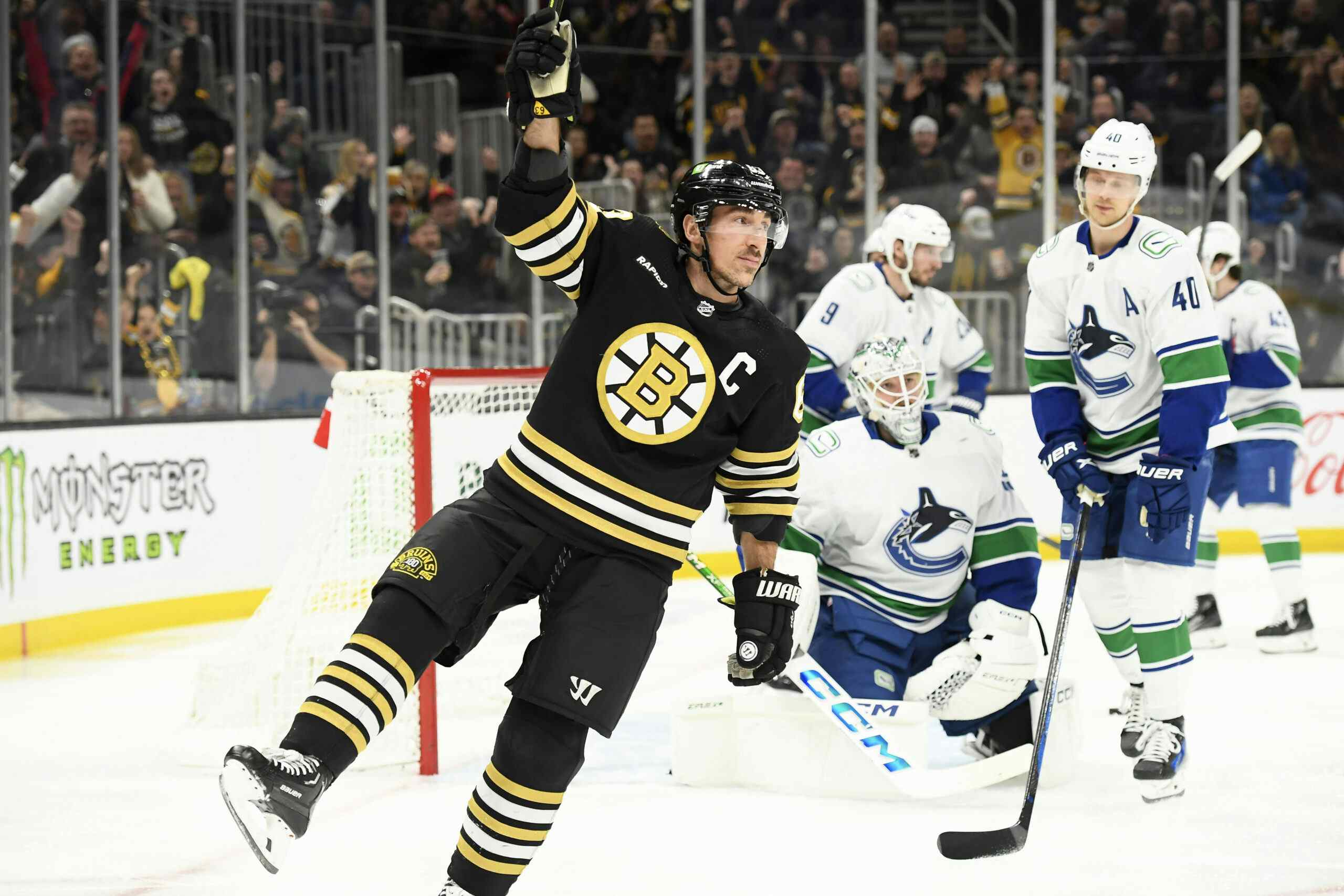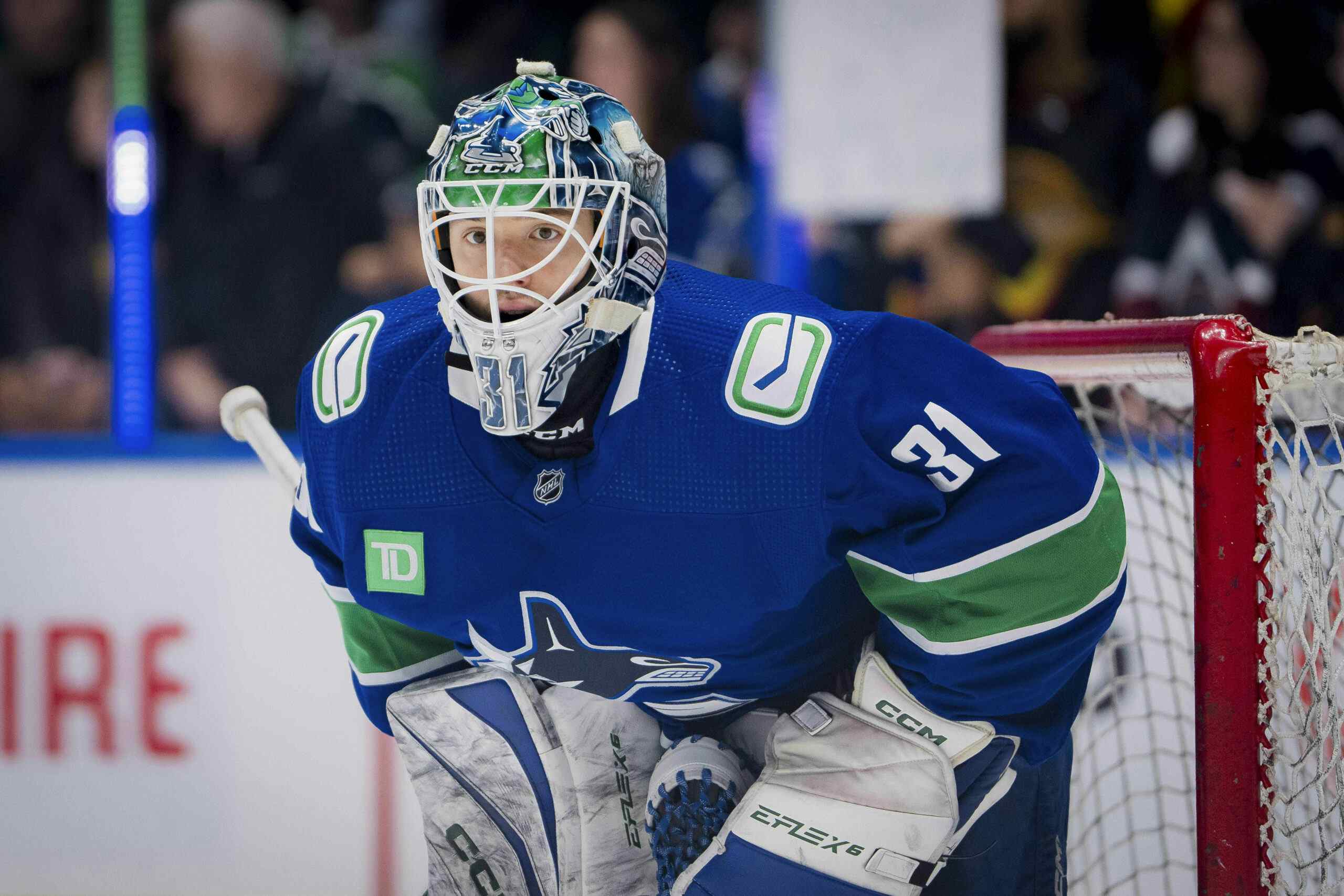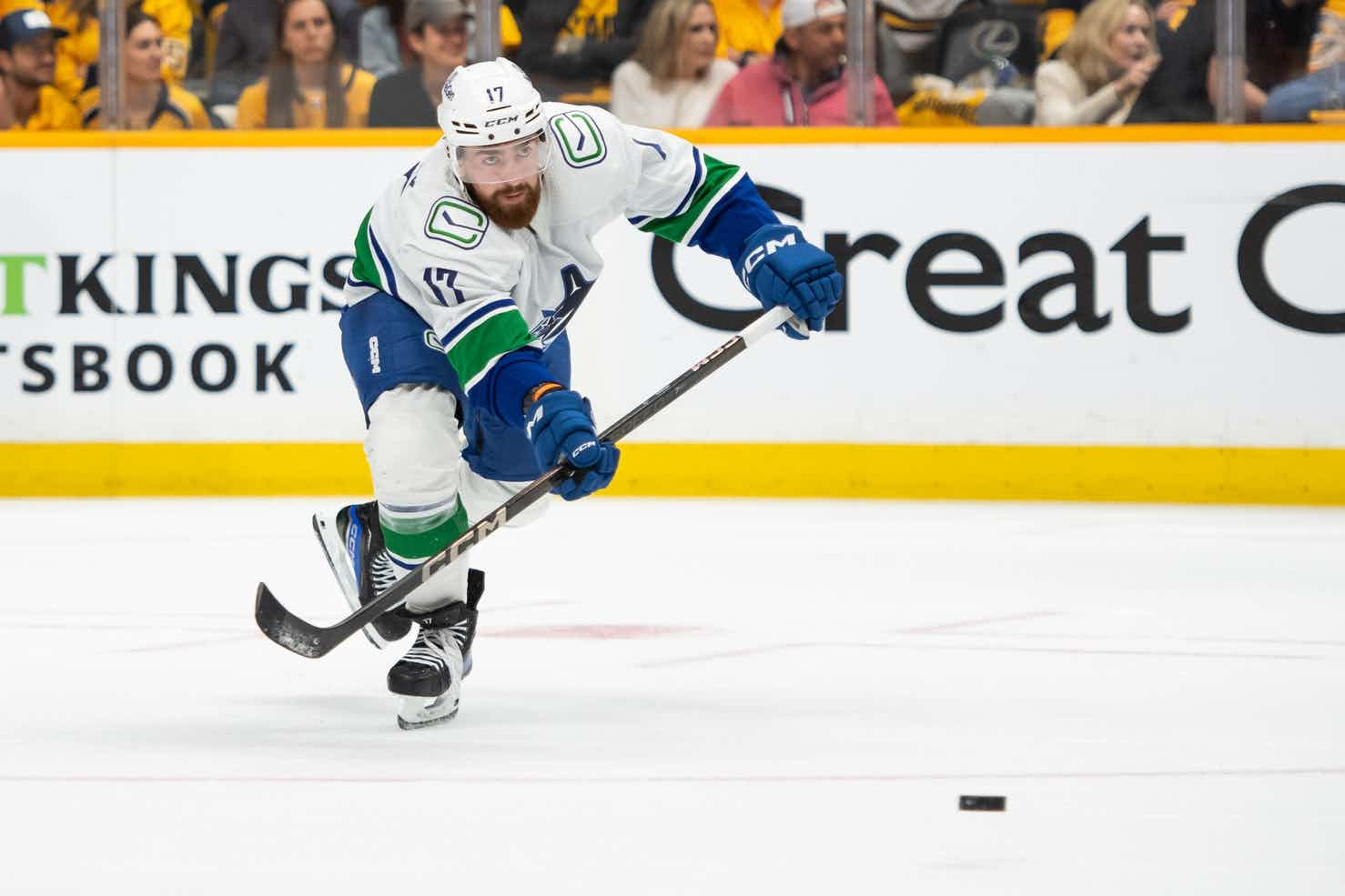Should the Vancouver Canucks Qualify Linden Vey?
By J.D. Burke
7 years agoThe Linden Vey experiment is nearing the conclusion of its second year and possibly its stay in Vancouver period.
Though the Canucks had high hopes for the project centre when they acquired him from the Los Angeles Kings for a second-round selection in advance of the 2014 NHL Draft, they’ve failed to secure their money’s worth to date.
To the Canucks credit, it was a sound decision that carried a sizeable probabilistic advantage in their favour of securing a bona fide NHL player. And to Vey’s, it shouldn’t be forgotten that he’s dealing with an unimaginable situation involving his family, which reads too close to the script of Fargo for comfort. Now the Canucks have a second opportunity to qualify Vey and have to decide whether it’s worth the trouble.
The Canucks won’t have to delegate on the dollar value, at the very least. The collective bargaining agreement has already set the cash and term for Vey’s qualifying offer, at $1-million and another season. If they hope to secure Vey’s rights and likely his services for the next campaign, that’s the price of doing business.
There’s also the possibility of an extension either after the qualifying offer is filed, or outside the process entirely — not all that dissimilar to how they approached Yannick Weber’s restricted free agency last season.
Realistically, though, this conversation has never really been about dollars and cents. Nor will Canucks general manager Jim Benning’s decision be. It’s about whether Vey can eke out a role in the Canucks bottom-six in spite of his size and whether the Canucks still think it’s worth the trouble to try him in that role ahead of younger talent.

(asterisk marks restricted free agents)
The Canucks lineup, currently constructed, doesn’t appear to have many openings — read: any openings. The Chris Higgins buyout is all but a formality at this stage; Alexandre Burrows might not be far behind. The assumed absence of those two veterans certainly helps the cause of Vey, who is at best a bubble player on a team chock-full of them.
For Vey’s short-term prospects within the Canucks, the question is two-fold. Can he further the Canucks ambitions as a playoff team, in advance of players like Brendan Gaunce, Jared McCann or Markus Granlund? And if so, is his presence within the Canucks lineup worth playing McCann and or Gaunce in the AHL?

Though Vey’s case a bottom-six forward is built primarily on his ability to disrupt the opposition’s offence — more on that later — it’s worth noting that he generated even strength points at a rate higher than all the players he is in direct competition with for roster spots next season, save for McCann. And while Vey isn’t ever going to develop into a high-end finisher, I have a hard time believing he’s as poor a shooter as his 3.45% shooting percentage might indicate. Adjusted accordingly, we might be looking at a player who is good for roughly 15-20 even strength points over the course of an 82-game season.

While Vey, 24, remains the oldest of the group he’s fighting with for dwindling roster space, the certainty of his product is better than what his competitors have shown. From where I’m sitting, that has value for a team looking to contend for the playoffs. Vey isn’t likely to develop into the second line centre this city collectively envisioned him being, but he’s already a serviceable fourth line centre and it’s not outlandish to imagine him one day as a third line centre. There’s value in that; particularly the cost-controlled element.
Neither Granlund nor Gaunce can boast as much. McCann likely can, but at 19-years-old, the Canucks can be more patient with his development — as they probably should be. The youthfulness of Granlund and Gaunce, though, works in their favour as they’re likely seen as more likely to blow the doors wide open on their development curve. As a 24-year-old, Vey is a lot closer to “he is what he is” territory.
What Vey is, though, might be misunderstood. Vey’s primary asset as a Canuck has been his ability to suppress the opposition’s offence. At least for the most part. His first 100 or so games suggest he’s been successful as somewhat of a shutdown centre. His final 20, much less so.

The Canucks will have to decide which they buy into — the small sample or the considerably smaller sample. Neither option is preferable, but pressed, I would side with the former of the two. I’d certainly consider it worth the minimal investment associated with vetting it further.
That’s the course of action I would suggest the Canucks take as well. The financial costs associated are minimal. And should they find themselves in a situation where they need to send Vey down to the Utica Comets of the AHL, it’s likely they will be able to retain him within their system all the same, given the one-way nature of his contract and the high salary that he would incur for a farm team as a result.
Besides, if the 2015-16 campaign taught us anything, it’s that one can never have too many NHL-capable centres. Vey might not be on the high-end of that scale, but he certainly qualifies. He’s young enough, too, that it’s not unreasonable to suggest he might one day exceed that placement.
Recent articles from J.D. Burke





